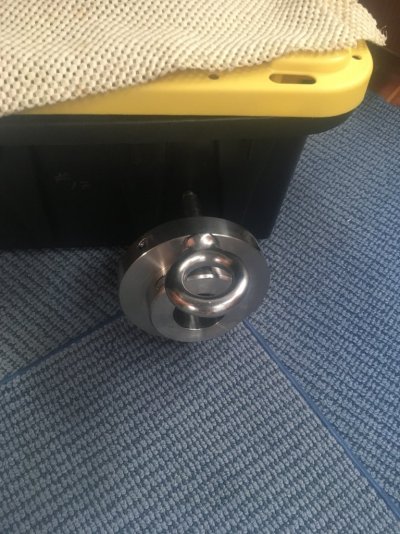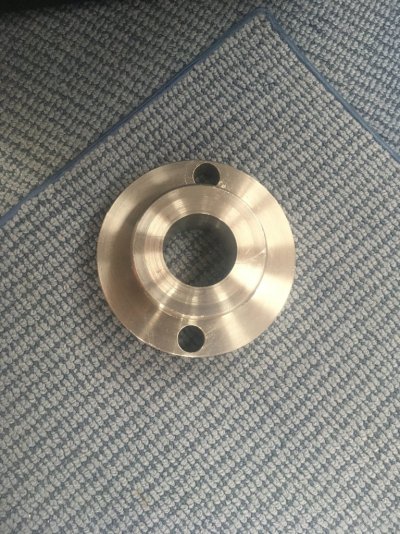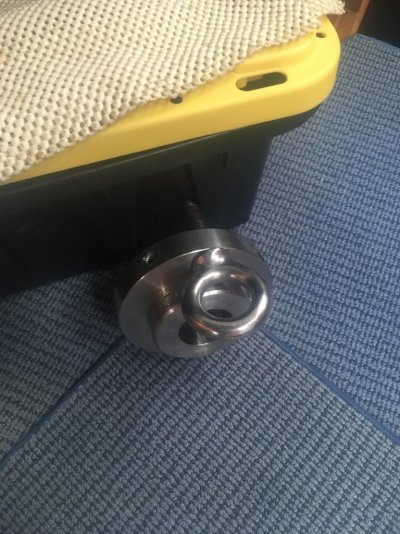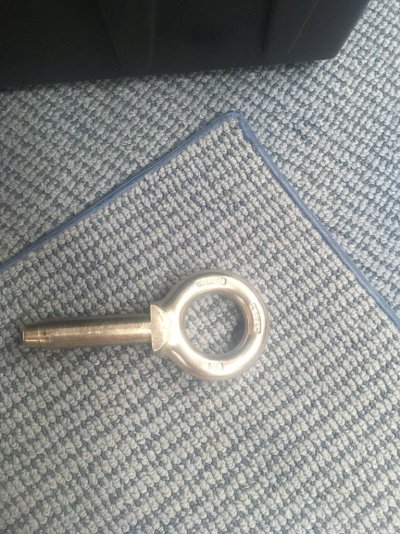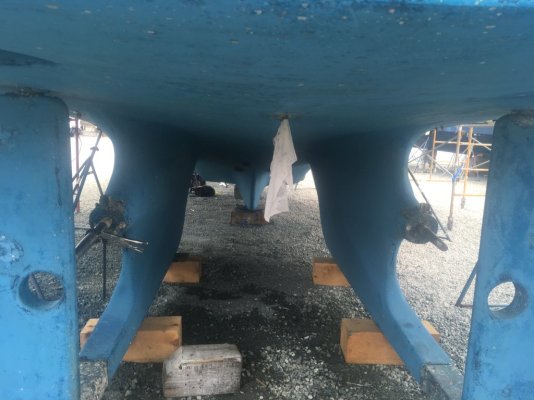Mac2
Guru
I've been debating weather or not to install shaft locks for my twin engines. Two reasons. I don't have electronic fuel injection and I end up cruising at very low rpm's in the ship canal/Seattle area, for hours, several times a year before I'm able to get out in the sound and open it up to burn the carbon out. With the Shaft Loc I could load the one engine to help reduce carbon build up. The second reason would be if I ever decided to make a multi day/week trip (maybe cross an ocean). I'm thinking I would save fuel, rest one engine, and if a engine was having problems, I could shut it down to fix it, or just continue on and not worry about smoking my transmission. Shaft Loc claims they have done studies showing a prop, rotating freely, creates more resistance than a prop that has been locked in place. Shaft Loc was originally designed for sailboats, but they have been installed on all sorts of boats. My questions for the forum is: Does anyone have experience with the Shaft Loc? Does anyone see a negative to installing these (keep
 in mind I have put a engine in neutral and my boat tracked straight)?
in mind I have put a engine in neutral and my boat tracked straight)?

